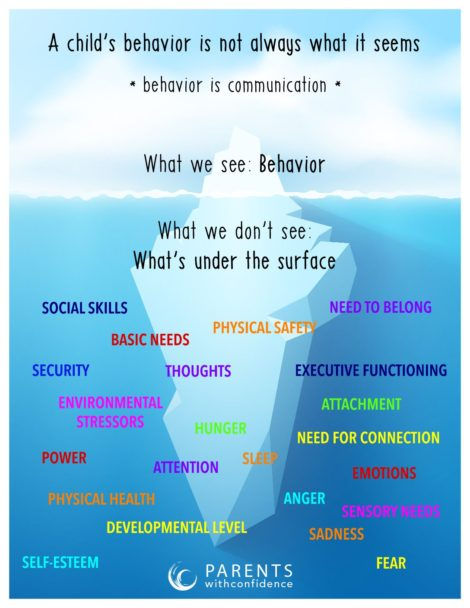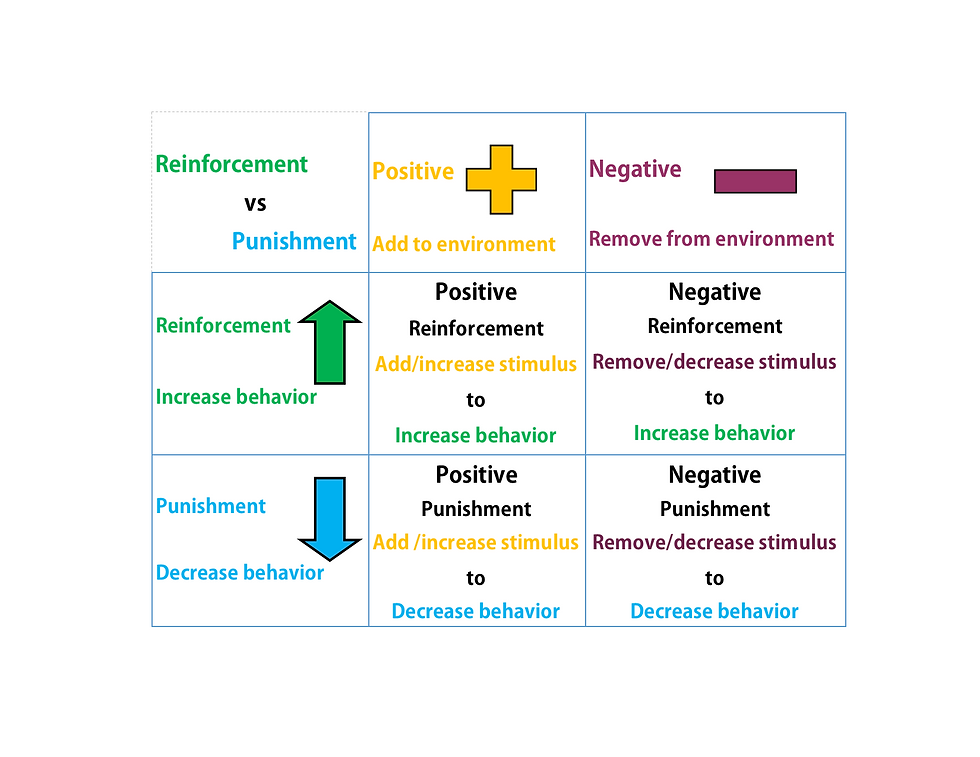Video Modeling
- Kelly Minor

- Apr 27, 2020
- 2 min read
Video modeling is a evidence based prompting strategy using a video recording as a visual prompt for a target skill. This strategy is useful for social skills, daily routines, academic skills, and communications skills. Video modeling would be a great strategy to try if the child already has imitation skills in their repertoire.
If you are wanting to use video modeling in a school environment by videoing a student, consent from parents would be needed before beginning.
Components of video modeling:
· Select and define the target skill.
· Create a task analysis (list of steps to teach target skill). Acting out the skill yourself (or a competent participate) while writing down each step.
· Create and edit video.
· Create a data sheet to match the task analysis. Collect data on prompts given each time the child exhibits the target skill.
Prompt Hierarchy
Physical- the child is cued by moving part of the child's body.
Modeling- correct response is demonstrated by teacher/parent.
Verbal- vocal cue that could be a phrase, word, or syllable.
Visual- picture, video, text, or positional cue
Gestural- nonverbal cue such as pointing.
Independently- no assistance needed.
· Collect baseline data. Have the child perform the skill to record which (if any) steps the child can do.
· Set mastery criteria.
· Decide when video will be shown.
Washing hands example:
1. Turn on water.
2. Squirt one squirt of soap into one hand.
3. Scrub hands together getting soap all over both hands (Count to 10).
4. Put both hands under water to get all the soap off of both hands.
5. Turn off water.
6. Dry hands with towel.
When showing the video, I would turn down the volume (verbal prompt). Only turn on the volume if the child needs a verbal prompt. The verbal prompt does not have to be done on the video because you may want to change the verbal prompt (using less words) throughout teaching (see prompt hierarchy above).
Washing hands video:
If you see your child is having difficulty with one of your steps you may need to break that step down into smaller, easier steps. You can add more steps if needed throughout teaching. Just make sure, if you add steps record the steps needed on the task analysis, create data sheet to match, and set mastery criteria.



Comments